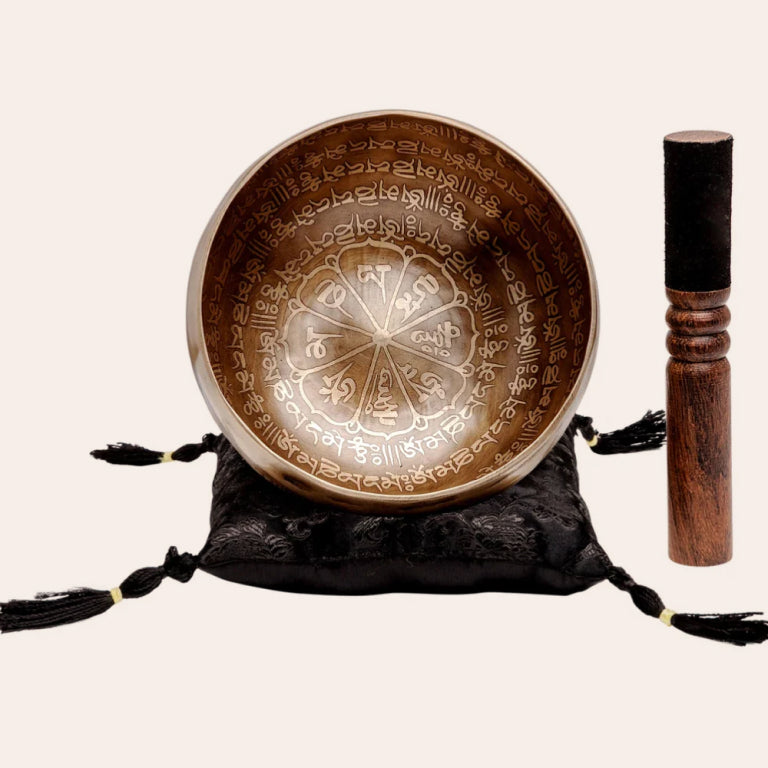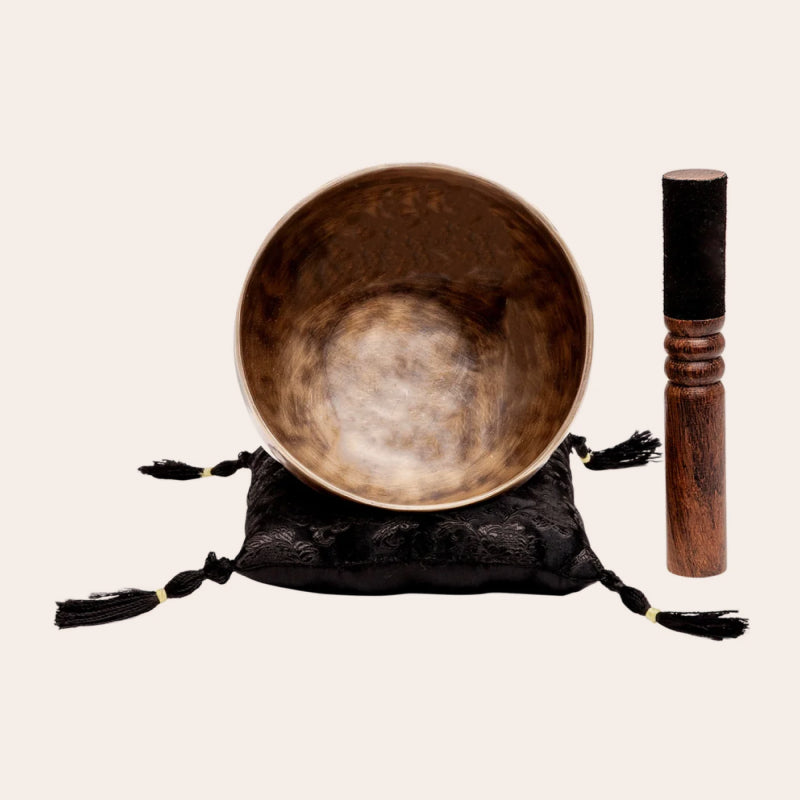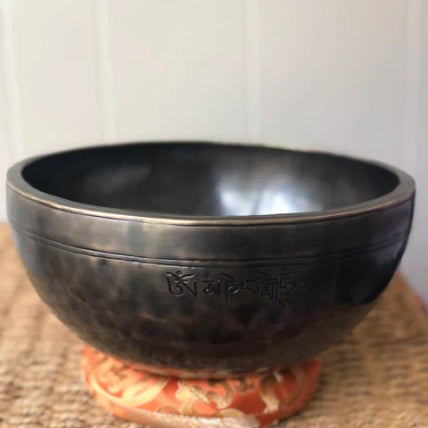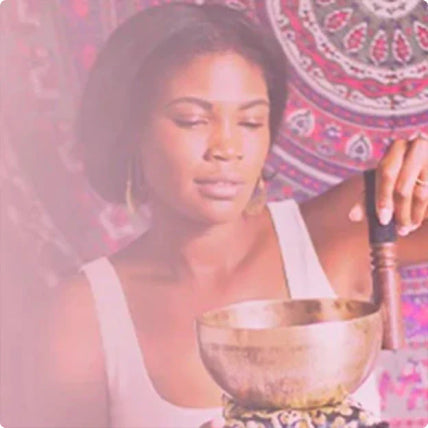Do you remember incense from your last yoga retreat or meditation? If you’ve done it before, you won't forget the feeling of calm and relaxation from it. Incense has been used for as long as singing for wellness. So, what are they made of? Is incense safe for everyone? How to use incense safely?
Incense is an ancient way of aromatherapy with sticks or cones made from dried flowers, herbs, and aromatic plants. They’re burnt at home, in spas, or in temples for harmony, relaxation, prayer, meditation, positivity, etcetera.
Today we are covering all you need to know about incense so you can enjoy its relaxing, comforting, and heavenly benefits safely from home.
Ready for Smoke Therapy? Let’s sizzle in!
Overview: What Is Incense?
Do you know incense is 6,000 years old? Archaeologists say incense was the first ever aromatic thing made by humans.
No wonder most religions, such as Christianity, Judaism, Islam, Hinduism, Jainism, Sikhism, and Buddhism, discuss using or recommending incense in sacred books.
That’s why people call incense by many names around the world. Some may call it Agarbatti, others Dhoop, Cone, or Sambrani. Even smudge sticks could be called a kind of incense.
So, what are incense sticks made of?
Typically, incense (the coating on the bamboo stick you see) is made from dried flowers, herbs, fruits, essential oils, resins, and wood powder. And burning it releases specific scents that affect the brain differently.
Fun fact: Egyptians used combustible bouquets to spread aroma before using incense sticks and pastes.
Most ancient cultures widely used the strong and fragrant aromas of incense for prayer, worship, fumigation, consecration, and purification.
Ancient trade routes and biblical accounts prove that many types of incense were once imported from Arabia and used for religious ceremonies in Egypt.
Indian history says incense made of Sandalwood was voraciously used for warding off evil spirits.
Today, the use of incense has scientifically expanded to medicine, aromatherapy, and cosmetics. That may be why natural and synthetic incense are a huge market these days.
There are mainly two types of incense- stick or cone incense.
Stick incenses have bamboo or wooden cores, while cones are pure incense. Based on the incense types, there are different holders for keeping them upright, catching ash, and more.
Incense cones are popular these days for their aesthetic backflow of smoke.
Do you know incense is available in paste form in India? Many North Indian families consider it wrong to burn bamboo at home.
So, they make pure incense sticks by rolling the incense paste. These burn aromatically with white ash and are called Dhoop cones.
But incense cones may be too smoky than sticks for regular use. Moreover, it’s best not to use incense cones if you have respiratory problems. Use incense cones sparingly or in ventilated spaces if you love them.
Here’s a stick incense holder made from concrete + sand from the Ohm Store:

How To Use Incense?
Meditation, mindfulness, exercises, yoga, bathing, mani-pedi, cooking, bathing, and almost everything goes with incense. It’s a timeless and ageless wellness technique for good vibes and positivity.
Because there are two types of incense, there are two ways to use incense too.
Here’s the first way:
For securing incense, you can use concrete holders, leftover candles, and bananas (most South Indian Hindu rituals have incense sticks on banana bunches).
When it comes to Dhoop (incense) Cones, you can keep them on any flat and inflammable surface, from tiled floors to shelves and metallic counters.
These days, many Buddha-shaped incense cone burners burn with backflow, and the smoke flows meditative like a waterfall are available.
Incense is great to set the ambiance for meditation, morning yoga sessions, work out, parties, bathing time, reading, working, watching TV, and almost everything.
Lighting incense for an hour while playing singing bowls is a way to enjoy aromatherapy without burning electricity. Trust me, the ambiance of singing bowls and incense together is truly a treat.
You can also smudge spaces and objects with incense smoke as with Sage or Palo Santo sticks. As a side note, I like to play singing bowls while enjoying Summer Scent or Olive Branch incense for focus.
All you need to do is waft or fan the smoke of the incense around the four walls of your bedroom, home, objectives, or over your body to quickly clear negativity.
What Fire Safety Tips To Remember When Using Incense? Dos and Don’ts When Using Incense At Home
Scented candles, campfires, and incense are all fire hazards when lit up.
So, you should light incense mindfully and safely.
I’ll list out a few tips you can use to enjoy aromatherapy with incense safely for everyone.
What Are The Uses Of Incense? 25 Incense Varieties and their Effects
Now that you know how to use incense safely at home, it’s time to explore 25 popular, common, and effective incense scents you can use in your daily regimen.
Here you go:
|
Incense Variety |
Smells or Notes |
Effects |
|
Sandalwood |
Crisp, Green, Watery. |
Relaxation, Calmness, Positivity. |
|
Rose |
Fragrant, Sweet, Floral. |
Stress-Relief, Sensual, Relaxation. |
|
Jasmine |
Floral, Fresh, Sweet. |
Aphrodisiac, Stressbuster, Focus. |
|
Bergamot |
Fruity, Spicy, Tarty. |
Reduces Stress, Tension, and Nerves. |
|
Mint |
Fresh, Citrusy, Green. |
Alleviate Headaches and Pressure. |
|
Sage |
Earthy, Light, Herbaceous. |
Cleansing, Charging, Amplifying. |
|
Lemongrass |
Sharp, Lemony, Gingery. |
Concentration, Calm, Rejuvenation. |
|
Oudh |
Medicinal, Sharp, Musky. |
Sensual, Tranquilizing, Cleansing. |
|
Cypress |
Sweet, Piny, Sour, Spicy. |
Comforting, Pleasing, Stimulating. |
|
Frankincense |
Balsamic, Sweet, Citrusy. |
Healing, Anti-Inflammatory, Cleansing. |
|
Ylang Ylang |
Floral, Creamy, Tangy |
Mood Enhancer, Reduce Blood Pressure. |
|
Camphor |
Spicy, Sharp, Herbal, Cool |
Pain Relief, Physical Healing, Purification. |
|
Clove |
Sharp, Spicy, Woody, Warm. |
Cleansing, Protection, Comfort, Love. |
|
Rhubarb |
Strong, Spicy, Fresh, Fruity. |
Creativity, Concentration, Sensual. |
|
Cinnamon Bark |
Sweet, Spicy, Warm, Woody. |
Uplifting, Relaxation, Concentration. |
|
Lavender |
Woody, Floral, Spicy, Sweet. |
Clearing, Focus, Relaxation, Harmony. |
|
Myrrh |
Medicinal, Sharp, Sweet |
Anti-Bacterial, Cleansing, and Amplifying. |
|
Sunflower |
Musky, Floral, Citrusy, Piny. |
Mood Enhancing, Relaxing, Calming. |
|
Palo Santo |
Sweet, Citrusy, Woody. |
Purification, Meditation, Concentration. |
|
Cedar |
Cooling, Subtle, Balsamic. |
Warm, Meditative, Strengthening. |
|
Passionflower |
Milky, Spicy, Sweet, Tropical |
Improves Sleep, Focus, and Creativity. |
|
Lotus |
Floral, Bold, Fruity, Sharp. |
Clarity, Focus, Awareness, Calm. |
|
Rosemary |
Pungent, Sharp, Woody. |
Enhances Memory, Alertness, Focus. |
|
Vanilla |
Creamy, Buttery, Roasted. |
Comforting, Relaxing, Warm. |
|
Orange |
Citrusy, Fresh, Sweet. |
Purification, Happiness, Aphrodisiac. |
|
Lemon |
Fresh, Cooling, Citrusy. |
Meditation, Charging, Focus. |
|
White Lily |
Herbal, Woody, Sharp. |
Peace, Relaxation, Stressbuster. |
|
Patchouli |
Musky, Earthy, Woody. |
Stress-Relief, Calming, Love, Fertility. |
|
Neroli |
Spicy, Citrusy, Floral, Sweet. |
Relieve Nerves, Anxiety, and Tension. |
|
Eucalyptus |
Floral, Camphoraceous, Fresh. |
Positivity, Energy, Meditation, Relaxation. |
On top of it all, you can blend different incense to make exotic incense that targets relaxation, focus, creativity, energy, sleep, etcetera.
Start Using Exotic Incense Today!
Incense is an age-old technique for self-care, comfort, rejuvenation, health, good mood, and temper.
That’s why we have five exotic mixes of incense made with the help of an artisanal incense maker from Grand Rapids in, Michigan, at the Ohm Store.
The Ohm Store incense is made in two stages- first by dipping unscented bamboo in essential oils and second by sun-drying.
Here are our five unique scents:
Much like our Ohm Oil, our exotic incense varieties are good for relaxation, creativity, spirituality, meditation, and yoga.
We stand by our incense, but anonymous sellers may blend a thousand different oils and powders. So, it might affect you differently if you aren’t mindful of your purchase.
You should ideally pick an incense brand you’re familiar with for long-time use.
When trying out new scents, test them before committing to large purchases.
Have you ever used incense? What’s your favorite scent of incense?










